Schneider Electric: A Smart Solution to Smart Lighting System
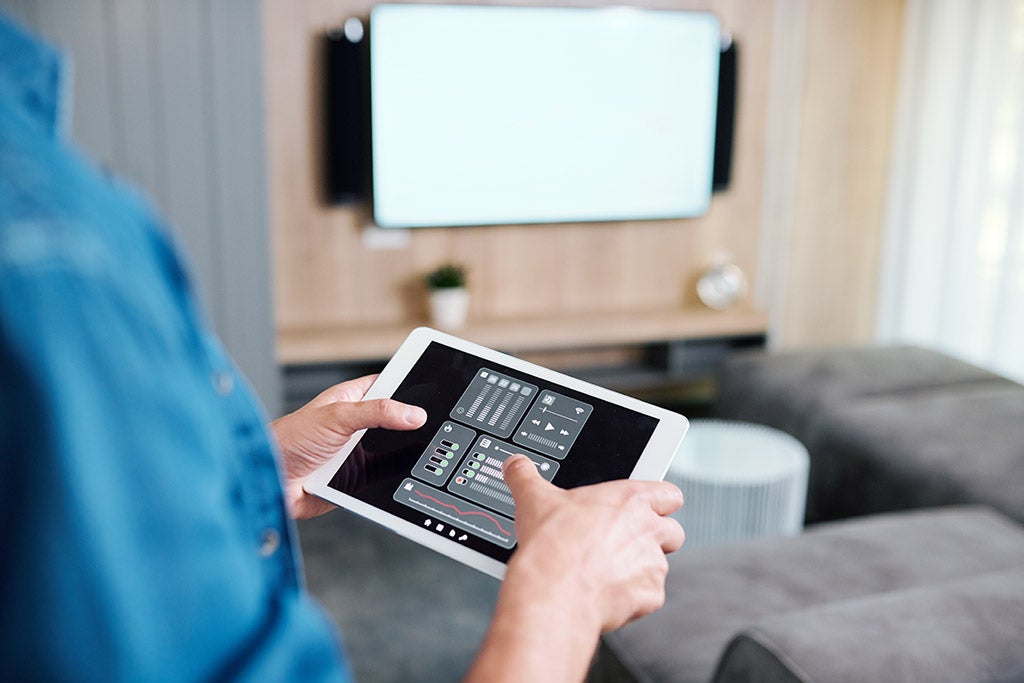
With the advent of the digital age, everything around us has undergone massive improvement. The introduction of futuristic smart technology is also felt at the household level with the growing popularity of the smart lighting system.
The automatic lighting system is one of the greatest technological innovations of the 21st century that has led to a widespread change in the electrical industry. With their stunning look and convenient operation, these lights have been incorporated with some terrific upgrades, which make your experience with the home ligting truly exceptional.
What is a smart lighting system?
The smart lighting system is connected to an intelligent network that is linked to an app or a home assistant, which lets you control your household lights remotely. Unlike conventional lighting systems, smart lights need not be operated by manually turning a switch on or off but can be operated easily via the app, voice commands or hand gestures.
Furthermore, LED lights are used by most smart lighting systems to offer you brighter lights and are energy efficient, which makes it easier on your electricity bills. They are also highly durable, resistant to most electrical damages, and are widely preferred for the convenience they bring into any household.
Some of the basic benefits of smart home lighting systems that have contributed to their immense popularity include:
-
Convenience - The primary reason behind the popularity of the smart lighting system is convenience. Smart lighting systems can be operated remotely, which can be extremely convenient while you are away from home or in bed.
-
Programmed setting - The Automated Lighting System has some pre-configured lighting scenes for your favourite pastime like reading books, cooking, working on the computer, and relaxing. There are a number of possible scenes that you can choose from.
-
Low maintenance - Since the primary objective of the automatic lighting system is to ease your effort in lighting your house, it can run on its own once you allow access. This means you can concentrate on your more important work without having to think about the lights in your room.
How does Smart Lighting Work?
Smart lighting refers to a lighting system that can be controlled remotely and automated using technology such as smartphones, voice commands, or smart home assistants. It utilizes wireless communication protocols, sensors, and smart devices to enhance convenience, energy efficiency, and customization in lighting control. Here's how smart lighting works:
- Wireless Connectivity: Smart lighting systems rely on wireless connectivity, such as Wi-Fi, Zigbee, or Bluetooth, to communicate between the various components. These components typically include smart light bulbs, switches, sensors, and a central hub or bridge that acts as the control center.
- Smart Devices and Apps: Users can control the smart lighting system through their smartphones, tablets, or dedicated smart home apps. These apps provide a user-friendly interface that allows them to turn lights on or off, adjust brightness, and even change colors (if applicable) from anywhere with an internet connection.
- Voice Control: Many smart lighting systems are compatible with popular voice assistants like Amazon Alexa, Google Assistant, or Apple Siri. Users can use voice commands to control their lights without having to use their smart devices. For example, a simple command like "Hey Google, turn on the living room lights" can trigger the desired action.
- Automation and Scheduling: Smart lighting systems offer automation features that enable users to create schedules or routines for their lights. This means the lights can be programmed to turn on or off at specific times of the day or in response to certain events. For example, you can set the lights to automatically turn on when you enter a room or dim them gradually in the evening to create a relaxing atmosphere.
- Sensors and Smart Features: Smart lighting systems often integrate motion sensors, ambient light sensors, or occupancy sensors. These sensors detect movement or changes in light levels, allowing the lights to adjust accordingly. For instance, the lights can automatically turn on when someone enters a room or adjust the brightness based on the amount of natural light available.
- Energy Efficiency: Smart lighting systems promote energy efficiency by offering features like dimming capabilities, automatic shut-off timers, and energy usage monitoring. Users can easily dim the lights to save energy or set timers to ensure lights are not left on when not needed. Energy monitoring features provide insights into energy consumption, allowing users to make informed decisions about their lighting usage.
Overall, smart lighting systems offer convenience, flexibility, and energy efficiency through wireless connectivity, smart devices, voice control, automation, and integrated sensors. They provide users with greater control over their lighting environment and the ability to customize lighting settings to suit their preferences and lifestyle.
Types of Smart Lighting Systems Available for Your Home
There are several types of smart lighting systems available for your home, each offering unique features and capabilities. Here are some of the most common types:
- Smart Bulbs: Smart bulbs are perhaps the most popular and versatile option. They replace traditional light bulbs and can be controlled wirelessly using a smartphone or smart home assistant. Smart bulbs often offer features like dimming, color-changing capabilities, and scheduling options. They are available in various sizes, shapes, and fittings to suit different lighting fixtures.
- Smart Switches: Smart switches replace your existing light switches and provide smart control over your lighting. They can be integrated into your home's electrical system and enable remote control, automation, and scheduling. Unlike smart bulbs, smart switches allow you to keep using your existing bulbs, making them a cost-effective option.
- Smart Lighting Kits: Smart lighting kits typically include a central hub or bridge and multiple smart bulbs or fixtures. These kits provide a comprehensive solution for setting up a smart lighting system in your home. The hub acts as a central control point, allowing you to manage and customize your lighting through a dedicated app. Smart lighting kits are a convenient option, especially for those starting from scratch.
- Smart Light Strips: Smart light strips consist of flexible LED strips that can be attached to various surfaces to provide decorative or ambient lighting. They are often used for under-cabinet lighting, accent lighting, or creating dynamic lighting effects. Smart light strips are customizable and typically offer features like color-changing options and synchronization with music or video.
- Smart Outdoor Lighting: Smart outdoor lighting systems are designed specifically for outdoor spaces, such as gardens, pathways, or patio areas. These systems include smart floodlights, pathway lights, or garden lights that can be controlled remotely and programmed for automation. Smart outdoor lighting enhances security, provides convenience, and allows you to create captivating lighting scenes for outdoor entertaining.
- Wireless Smart Controls: Wireless smart controls are an alternative option for controlling your existing lighting fixtures. These controls, such as wireless dimmer switches or remote controls, can be connected to your bulbs or fixtures to enable smart control without the need for complex installations.
It's important to note that the compatibility and features of smart lighting systems can vary. Before purchasing, ensure that the system is compatible with your existing smart home ecosystem, such as your smartphone, voice assistant, or other smart devices. Additionally, consider factors like ease of installation, scalability, and the level of customization and automation offered by the system.
Benefits of Smart Lighting
Smart lighting offers a range of benefits that enhance convenience, energy efficiency, and the overall lighting experience in your home. Here are some key advantages of using smart lighting:
- Convenience and Control: One of the primary benefits of smart lighting is the convenience it provides. With smart lighting systems, you can control your lights from anywhere using your smartphone, tablet, or voice commands. Whether you're at home or away, you can turn lights on or off, adjust brightness, and even change colors (if applicable). This level of control adds convenience to your daily routine and allows you to easily create the desired lighting ambiance without the need to physically interact with switches.
- Energy Efficiency: Smart lighting systems contribute to energy efficiency by enabling better control over lighting usage. Features like dimming capabilities, automated scheduling, and occupancy sensors help optimize energy consumption. You can dim lights when less illumination is needed, set timers to ensure lights are not left on unnecessarily, and have lights automatically turn off when a room is unoccupied. These energy-saving features can significantly reduce electricity consumption and lower energy bills.
- Automation and Integration: Smart lighting integrates with other smart home devices and systems, allowing for seamless automation. You can create customized lighting scenes or routines that align with your daily activities or moods. For example, you can set your lights to gradually brighten in the morning to simulate a natural sunrise or have the lights automatically turn on when you enter a room. Integration with motion sensors, door/window sensors, or smart home assistants enables even more advanced automation possibilities.
- Personalization and Ambiance: Smart lighting enables you to personalize your lighting environment and create the desired ambiance for different occasions. You can adjust the brightness, color, and color temperature of the lights to suit your preferences. Whether you want warm, cozy lighting for a relaxed evening or vibrant, colorful lighting for a party, smart lighting systems provide flexibility and control to achieve the desired atmosphere.
- Security and Safety: Smart lighting can enhance home security and safety. With automated schedules or randomized lighting patterns, you can create the illusion of occupancy when you're away, deterring potential intruders. Integration with security systems allows lights to respond to security alerts, such as flashing or turning on all lights in case of a breach. Motion sensors can trigger lights to turn on automatically, providing enhanced visibility and safety when moving around the house at night.
- Monitoring and Analytics: Some smart lighting systems offer energy monitoring and usage analytics, providing insights into your lighting consumption patterns. This information can help you make informed decisions about energy-saving measures and optimize your overall energy usage.
Overall, smart lighting offers convenience, energy efficiency, customization, security, and safety benefits. By integrating technology into your lighting control, you can enhance your living environment, simplify daily routines, and reduce energy consumption, all while enjoying the flexibility and personalization that smart lighting systems provide.
Opportunities And Challenges in Smart Lighting Systems
Smart lighting systems present various opportunities and challenges that need to be considered when implementing these technologies. Here are some of the key opportunities and challenges associated with smart lighting systems:
Opportunities in Smart Lighting System
- Energy Efficiency: Smart lighting systems offer significant opportunities for energy savings. Through features like occupancy sensors, scheduling, and dimming capabilities, energy consumption can be optimized by ensuring lights are only on when needed and at the appropriate brightness level. This can lead to substantial energy savings and lower utility bills.
- Customization and Personalization: Smart lighting systems allow for personalized lighting experiences. Users can adjust brightness, color, and color temperature to create the desired ambiance for different activities or moods. Customization options enhance comfort and create a more pleasant living environment.
- Integration with Smart Home Ecosystem: Smart lighting systems can be integrated with other smart home devices and systems, such as voice assistants, security systems, and automation platforms. This integration enables seamless control and automation, enhancing the overall smart home experience and allowing for advanced features like synchronized lighting scenes and voice-controlled lighting commands.
- Enhanced Safety and Security: Smart lighting systems can contribute to home safety and security. Motion sensors can trigger lights to turn on automatically, providing visibility and deterring potential intruders. Integration with security systems allows for synchronized lighting responses to security alerts, enhancing the overall security of the property.
Challenges in Smart Lighting System
- Upfront Cost: The initial cost of implementing smart lighting systems can be higher compared to traditional lighting solutions. Smart bulbs, switches, and hubs can be more expensive than their conventional counterparts. However, it's important to consider the long-term energy savings and benefits to determine the overall cost-effectiveness.
- The complexity of Setup: Setting up and configuring a smart lighting system can be complex for those unfamiliar with smart home technology. It may involve connecting devices, configuring network settings, and troubleshooting potential issues. Adequate technical knowledge or professional assistance may be required for proper installation and setup.
- Compatibility and Interoperability: Compatibility issues can arise when integrating different smart lighting products from various manufacturers. It is crucial to ensure that the selected devices and systems are compatible and can communicate seamlessly with each other. Standards like Zigbee and Z-Wave can help address interoperability concerns.
- Reliability and Connectivity: Smart lighting systems rely on wireless connectivity and communication between devices. Weak Wi-Fi signals or network disruptions can affect the performance and reliability of the system. Ensuring a stable and reliable network connection is essential for consistent operation.
- Security and Privacy: As with any connected technology, smart lighting systems can be vulnerable to cybersecurity risks. It is important to follow best practices for securing smart devices and networks to mitigate potential risks. Additionally, data privacy concerns may arise when using cloud-based platforms or third-party applications for controlling and managing smart lighting systems.
By addressing these challenges and capitalizing on the opportunities, smart lighting systems can provide significant benefits, improve energy efficiency, enhance comfort and convenience, and contribute to a safer and more enjoyable living environment.
Read More: - Turn Your Home Into a Smart One With Home Automation System
The Future of Smart Lighting
The future of smart lighting is promising, with advancements in technology and growing demand for energy-efficient and intelligent lighting solutions. Here are some key aspects that define the future of smart lighting:
- Improved Connectivity: As wireless communication technologies continue to evolve; smart lighting systems will become more seamless and reliable. Enhanced connectivity protocols, such as Wi-Fi 6, Bluetooth Mesh, and Thread, will provide faster and more robust connections, allowing for a greater number of devices to be integrated into smart lighting networks.
- Enhanced Integration: Smart lighting systems will become more integrated with other smart home devices and systems. They will seamlessly connect with voice assistants, home automation platforms, and other smart devices, enabling comprehensive control and automation of the entire smart home ecosystem. This integration will further enhance convenience, energy efficiency, and customization possibilities.
- Artificial Intelligence (AI) and Machine Learning: The integration of AI and machine learning algorithms will enable smart lighting systems to learn and adapt to users' preferences and behavior patterns. Lighting schedules, brightness levels, and color temperature can be automatically adjusted based on historical usage data and user preferences, creating a more personalized and intuitive lighting experience.
- Human-Centric Lighting: The concept of human-centric lighting focuses on designing lighting systems that mimic natural light patterns to promote well-being and productivity. Future smart lighting solutions will offer dynamic lighting options that can simulate natural daylight, adjust the color temperature throughout the day, and align with the body's circadian rhythm. This can positively impact mood, sleep quality, and overall health.
- Sustainability and Energy Efficiency: The future of smart lighting will continue to prioritize energy efficiency and sustainability. Energy-saving features, such as advanced occupancy sensors, intelligent daylight harvesting, and real-time energy monitoring, will be standard in smart lighting systems. These technologies will help reduce energy consumption and contribute to a more sustainable future.
- Advanced Controls and Interfaces: Smart lighting systems will feature more intuitive and user-friendly controls and interfaces. Gesture recognition, touch-sensitive surfaces, and augmented reality (AR) interfaces may become common, allowing users to interact with lighting systems in more natural and immersive ways.
Overall, the future of smart lighting holds great potential for enhanced connectivity, integration, personalization, sustainability, and user experience. As technology advances and consumer demand grows, smart lighting will continue to revolutionize the way we illuminate and interact with our living spaces.
Smart home lighting solution from Schneider Electric
Given below are some of the best smart lighting solutions from Schneider Electric that are convenient for use and are available at budget-friendly prices.
Wiser - Smart home solution: Wiser from Schneider Electric provides you with an incredible LED home lighting system that is specially designed to maximize comfort, cost-effectiveness, and security. The Wiser home lighting system is highly adaptive to the aesthetics of any modern household and adds a stylish and elegant look to every household. Furthermore, Wiser makes household smart lighting simple and accessible with three options for convenient operation and control. You can easily control the Wiser smart lighting system through voice command, in-app controls, and by operating the existing switching system.
The features that make the Wiser smart lighting system so popular in most Indian households include:
- Suitable for homes, office complexes, hospitals, and hotels.
- Mimics the natural daylight.
Wiser home automation has been greatly appreciated in the Indian subcontinent and is available over a wide range of products and packages. Some of the most popular products from Schneider Electric include:
Wiser - Prime Package: Schneider Electric provides a prime Package of Wiser, which allows the users to control all the appliances. This comes with zero wiring, so the installation process will not require hammering your walls. The Prime package grants your household benefits like:
- Schedule time to switch on and off the lights easily
- Control from anywhere.
- It can be used through Wi-Fi.
- Easy and convenient installation.
- Mood lighting based on environment and ambience
Wiser Luxury Package: The Luxury Package from Wiser is best suited if you want the best smart home lighting at affordable rates. The Luxury Package grants you access to all refined features and benefits of the Wiser home lighting system, like:
- Zero wiring installation.
- Compatible with any brand of switches
- Easy integration with home Wi-Fi systems.
- Compatible with Amazon Echo and Google Home Assistant
- Schedule lighting based on time and mood.
In addition to smart lighting systems, Wiser from Schneider Electric is also popular for its range of home automation products, which include the Wiser Fan Speed Controller, the Dimmer and Curtain Controller, and the Wiser Smart Doorbell.


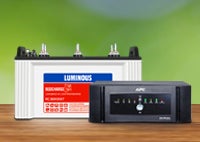

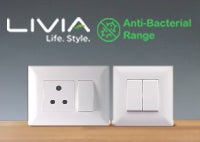
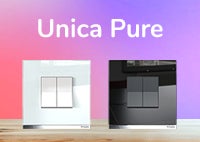
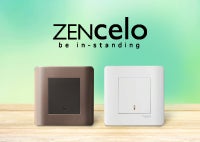
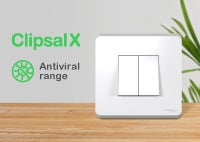
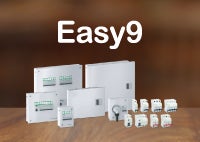
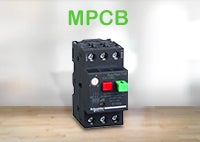
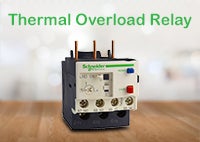

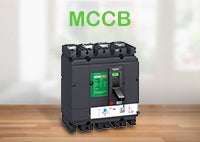

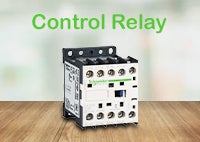

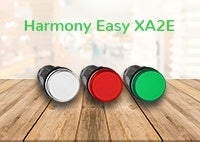

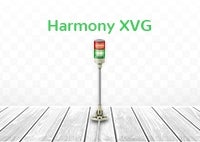
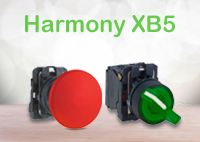
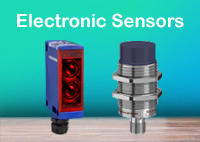

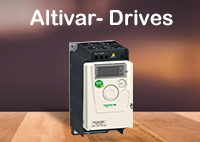

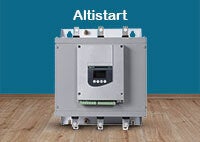


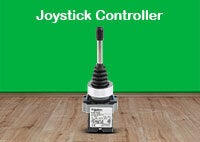

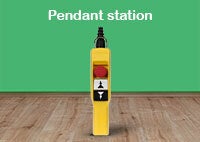




Comments